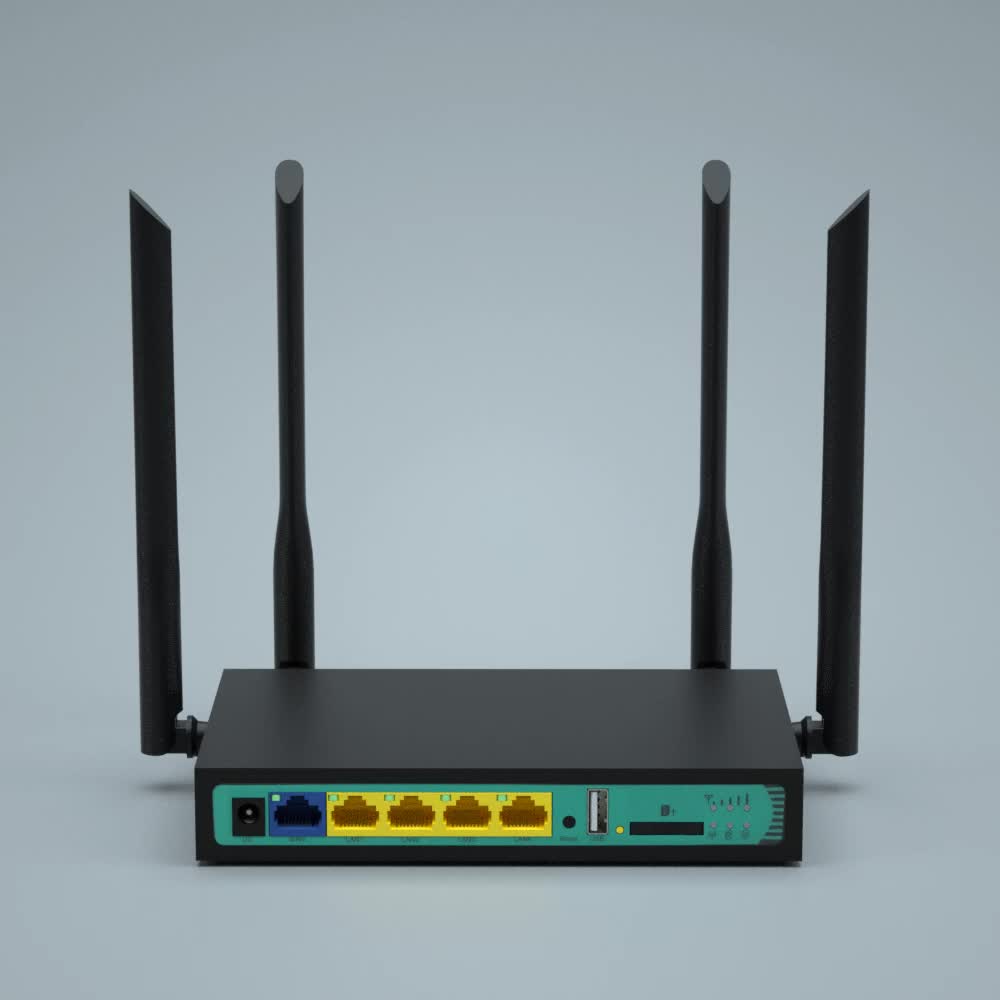1 Slot Lte
A heavy-duty 2.4GHz access point with extra miniPCI-e slot, three SIM slots, GNSS support (GPS, GLONASS, BeiDou, Galileo) and LTE modem for International bands 1,2,3,7,8,20,38 and 40 $179.00 LtAP 4G kit. The Comset CM685V-1 is a CAT-1 industrial grade 3G/4G/4GX WiFi Modem Router, based on the latest OpenWrt platform. This low-cost and low-power CAT-1 router, with download speeds of up to 10Mbps and upload speeds of up to 5Mbps, is an ideal replacement to 3G devices. Move, work and play untethered with LINKZONE 4G LTE Cat4 Mobile Wi-Fi. Slip its ultra-thin frame into a pocket or bag and go where your passions take you. Powered by a durable seven-hour charge, it delivers the fast connection speed you need anywhere throughout the day. Vehicle 4G LTE Cellular Wireless Gateway with 5-Port 10/100TX (1 SIM Card Slot, 802.11n, GPS, -2565 degrees C) Physical Port. 4 10/100BASE-TX RJ45 LAN ports, auto-negotiation, auto MDI/MDI-X. 1 10/100BASE-TX RJ45 WAN port, auto-negotiation, auto MDI/MDI-X. 1 4G LTE 2.3 dBi antenna. 2 2.4G WiFi 2dBi antennas. 1 GPS antenna. 1.
PSS and SSS (LTE Synchronization)
After power-up, the UE tries to obtain time and frequency synchronization with the system. For this, UE needs to detect signals to find out where the frame begins and ends. LTE define two type of synchronization signals:
- Primary synchronization signal (PSS)
- Secondary synchronization signal (SSS)
UE uses the Synchronization Signals to:
- Achieve radio frame, subframe, slot and symbol synchronization in the time domain
- Identify the center of the channel bandwidth in the frequency domain
- Deduce the Physical layer Cell Identity (PCI)
Primary Synchronization Signals:
Primary synchronization signals consist of one of three 62-symbol Zadoff-chu sequences in a cell.
The Primary Synchronization Signal (PSS) is broadcast twice during every radio frame and both transmissions are identical.
In the case of FDD: the PSS is broadcast using the central 62 subcarriers belonging to the last symbol of time slots 0 and 10 «
1 Slot Lte Router
In the case of TDD: the PSS is broadcast using the central 62 subcarriers belonging to the third symbol of time slot 2 (subframe 1) and the third symbol of time slot 12 (subframe 6)
PSS helps to achieve subframe, slot and symbol synchronization in the time domain, identify the center of the channel bandwidth in the frequency domain and deduce a pointer towards 1 of 3 Physical layer Cell Identities (PCI).
The PSS cannot be used to achieve radio frame synchronization because both transmissions within the radio frame are identical and equally spaced in time.

Secondary Synchronization Signals:
After the primary sync signal acquisition, UE tries to detect the secondary synchronization signal. Secondary synchronization signals are one of 168 codes which are 62-bit sequences. The Secondary Synchronization Signal (SSS) is broadcast twice within every radio frame. The two transmissions of the SSS are different so the UE can detect which is the first and which is the second
In the case of FDD: the SSS is broadcast using the central 62 subcarriers belonging to the second to last symbol of time slots 0 and 10 «
In the case of TDD: the SSS is broadcast using the central 62 subcarriers belonging to the last symbol of time slot 1 (subframe 0) and the last symbol of time slot 11 (subframe 5)
SSS helps to achieve radio frame synchronization and deduce a pointer towards 1 of 168 Physical layer Cell Identity (PCI) groups.
Below diagram shows how PSS and SSS helps finding the Physical Layer Cell ID.
Lte 1 Slot
Related Posts:
1 Slot Linear Diffuser
